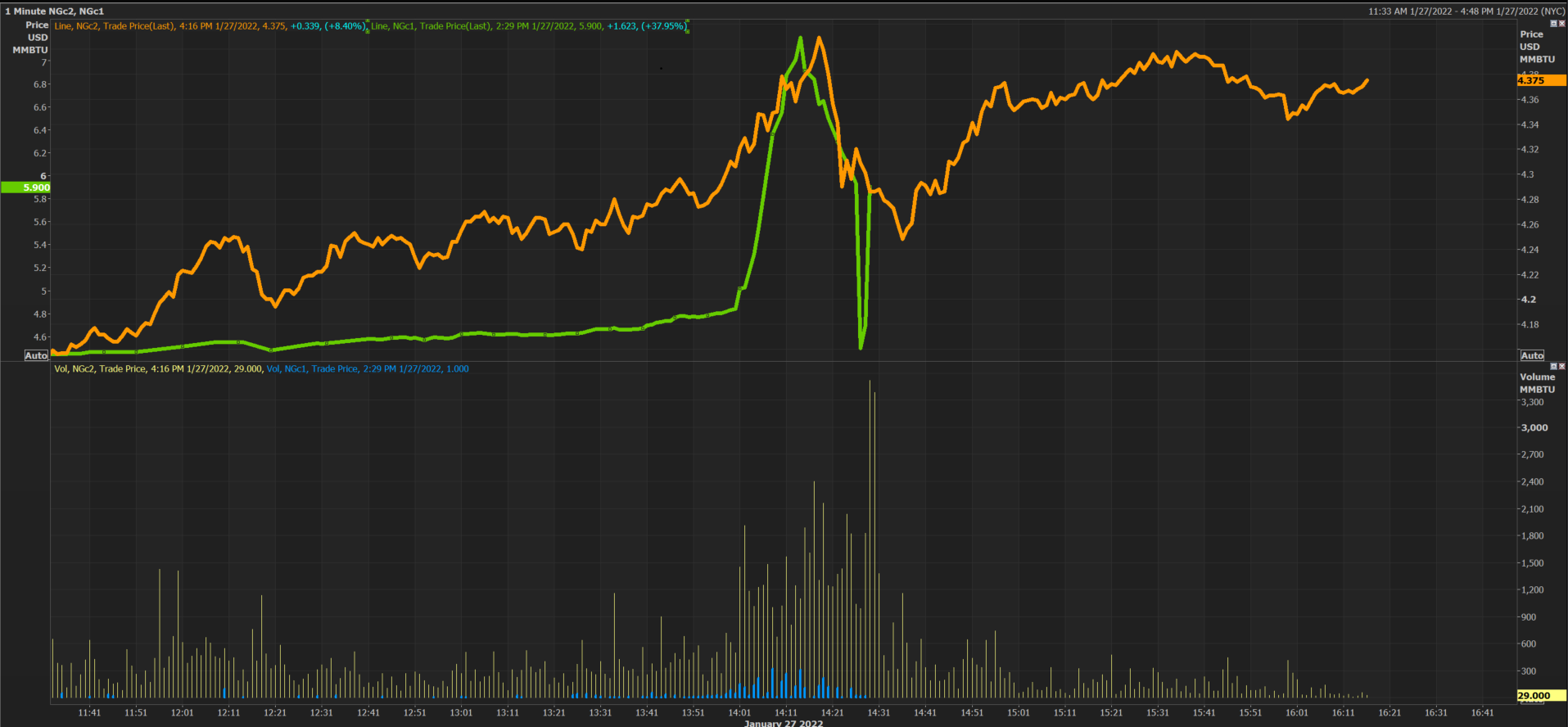Over the past few years, natural gas prices have increased, impacting industries and households worldwide. In addition, prices have surged significantly from the United States to Europe, creating a ripple effect across various markets. This article will explore why natural gas prices have increased and the factors behind this phenomenon.
Table of Contents
Natural Gas Prices: Current Status
Before delving into the reasons behind the price hike, let’s first look at the current state of natural gas prices. As of April 9, 2023, natural gas in the United States was $4.28 per million BTU. This price is up from $2.93 per million BTU in April 2021, indicating a significant increase over the past two years. To view current natural gas prices, click here.
Factors Driving the Increase
Several factors are driving the increase in natural gas prices. Here are some of the most significant:
1. Supply and Demand Dynamics
The fundamental economic tenet of supply and demand plays a crucial role in the natural gas market. With the increasing demand for natural gas, the supply has been unable to keep up, leading to higher prices. Additionally, weather patterns can also impact supply and demand. For example, extreme cold weather in the winter can increase demand for natural gas, putting pressure on prices.
2. Political and Geopolitical Factors
Political and geopolitical factors, including trade disputes and sanctions, can significantly impact natural gas prices. For example, sanctions on Russia, a significant supplier of natural gas to Europe, can reduce supply, driving up prices. Similarly, trade disputes between the United States and China can also impact the global natural gas market.
3. Technological Advancements
Technological advancements, including hydraulic fracturing or “fracking,” have enabled natural gas extraction from previously inaccessible shale formations. While this has led to increased supply, it has also come with challenges, including environmental concerns and the cost of extracting the gas. As a result, natural gas production costs have increased, contributing to higher prices.
4. Transportation Costs
Transportation costs, including pipelines and liquefied natural gas (LNG) infrastructure, can also impact natural gas prices. The construction and maintenance of pipelines and LNG terminals can be costly, and these costs are often passed on to consumers.

Impacts of the Price Hike
The increase in natural gas prices has significantly impacted various industries and households. The following are some of the more significant effects:
-
Higher Energy Bills
As natural gas is a significant energy source for households and businesses, increasing prices can lead to higher energy bills. This can be particularly challenging for low-income households, which may struggle to pay their bills.
-
Impact on Manufacturing
Natural gas is also essential for various manufacturing processes, including steel and fertilizer production. As a result, the increase in prices can impact the cost of production, leading to higher prices for consumers.
-
Impacts on Energy-Intensive Industries
Energy-intensive industries, including aluminium and cement production, rely heavily on natural gas. Therefore, price increases can reduce production and job losses in these industries.
Conclusion
The increase in natural gas prices can be attributed to several factors, including supply and demand dynamics, political and geopolitical factors, technological advancements, and transportation costs. These price hikes significantly impact households and industries worldwide, highlighting the need for sustainable energy solutions. As we move towards a greener energy future, we must also consider the impacts of our energy choices on consumers and businesses.
